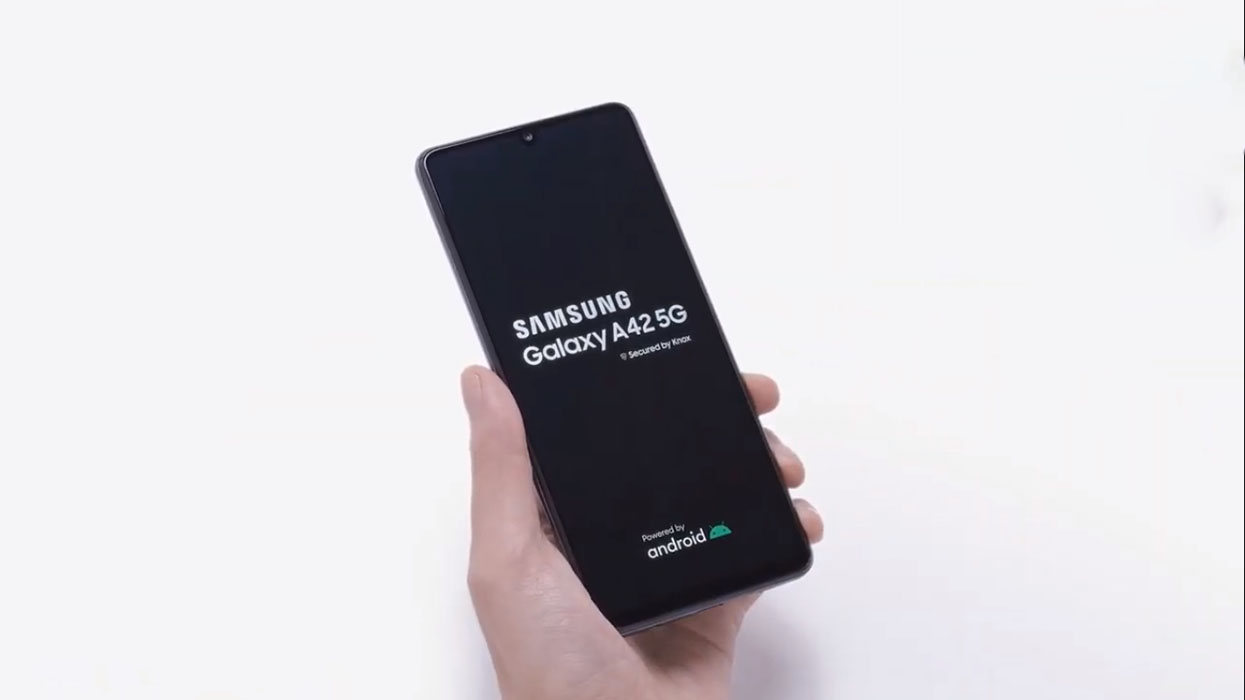Are you experiencing touch screen issues on your Samsung Galaxy A42? Is the screen not working properly or responding to your touch? There are several factors that can cause touch screen problems on your Samsung Galaxy A42, such as software bugs, damaged or dirty screens, incompatible screen protectors or cases, and more.
But don’t worry, we’ve compiled a list of tips to help you troubleshoot and fix any touch screen issues on your Samsung Galaxy A42 device. With these solutions, you can ensure that your touch screen works properly and responds accurately to your touch.
Tips to Fix Galaxy A42 Touchscreen Issues
1. Reboot the phone
Sometimes random system glitch can temporary cause touch screen malfunction and a simple restart of the phone can often resolve the problem. This action will refresh your phone’s memory and eliminate any system errors that are affecting the touch function of your phone.
To reboot the phone, follow the steps below:
- Press and hold the side button and volume down key together until the Power Menu appears.
- When the Power Menu appears, tap the “Power Off” or “Restart” button.
After the reboot reboots, check if touchscreen works. If not, then proceed on to the next solution.
2. Clean the screen
If there are dirt or dust causing the touch screen issue, cleaning the screen can clear the problem. Take a soft, dry and lint-free cloth dampen with an alcohol solution and wipe the surface of the screen until all the smudges are removed completely. Once that is done, check if the issue is resolved. If not, try the next solution.
3. Take off screen protector
Some screen protectors can affect the touch sensitivity of your phone’s screen and cause touchscreen issue. Take off the screen protector and see if that resolves the problem. If not, proceed with the next solution.
4. Enhance touch sensitivity
Samsung provides the ability to enhance the touch sensitivity of the screen to make up for the use of screen protectors. Enabling this option can improve the touch function of your phone. Here’s how to do that.
- Go to Settings
- Tap on Display
- Scroll down and tap the Touch sensitivity to toggle it ON
5. Use safe mode
Sometimes third party apps can cause conflicts and cause the screen to become slow and unresponsive. Try running your phone in safe mode to check if there are any apps that is causing the problem. When your phone is in safe mode, it runs only native apps and all downloaded apps will be temporary disabled.
To enable safe mode, follow the these steps:
- Press and hold on the power button until you see the Power off icon
- Press and hold on the Power off icon until you see the Safe Mode icon
- Tap on the Safe Mode icon to reboot your phone in safe mode
Once the phone has booted in safe mode, check if touchscreen is working. If it works fine, then one of the third party apps is the culprit. Identify the app and delete it from the system.
6. Reset the phone
This is the last resort that you can try if all other solutions fail. Doing this will restore your phone to factory settings. This means all your existing apps, files and settings will be deleted. So perform this procedure, if you have to, only after taking backup of all your important files and data.
To reset the device to factory default, follow the steps below:
- Go to Settings
- Tap on General management
- Tap on Reset
- Tap on Factory data reset
- Scroll down and tap on the Reset button
- Enter the passcode when prompted
- Tap the Delete all button to proceed with the reset
The process will take few minutes to complete. Once reset is done, your phone will restart.

